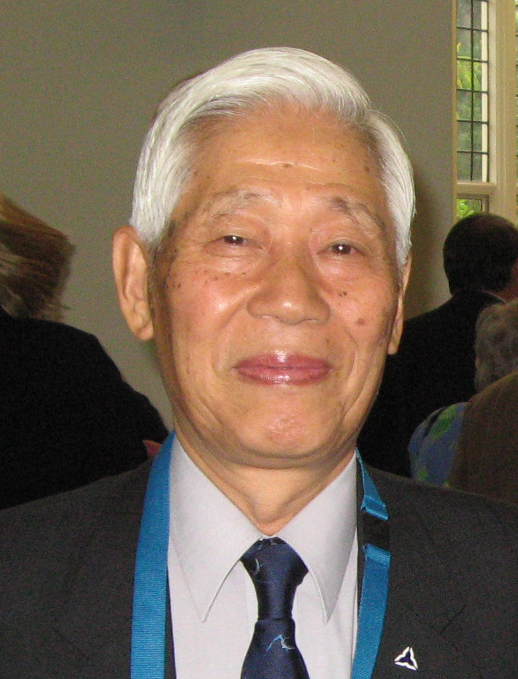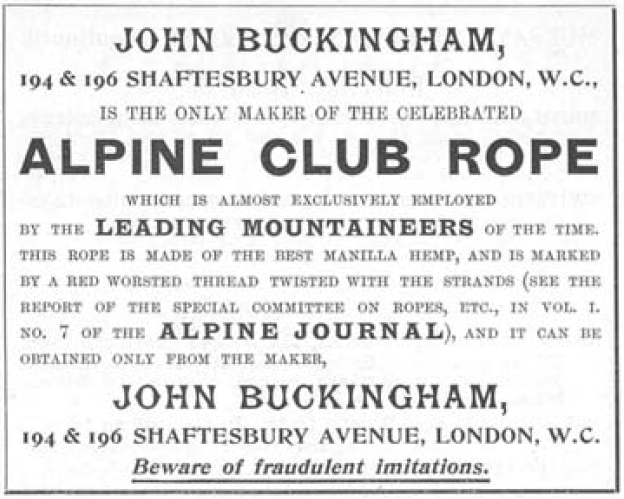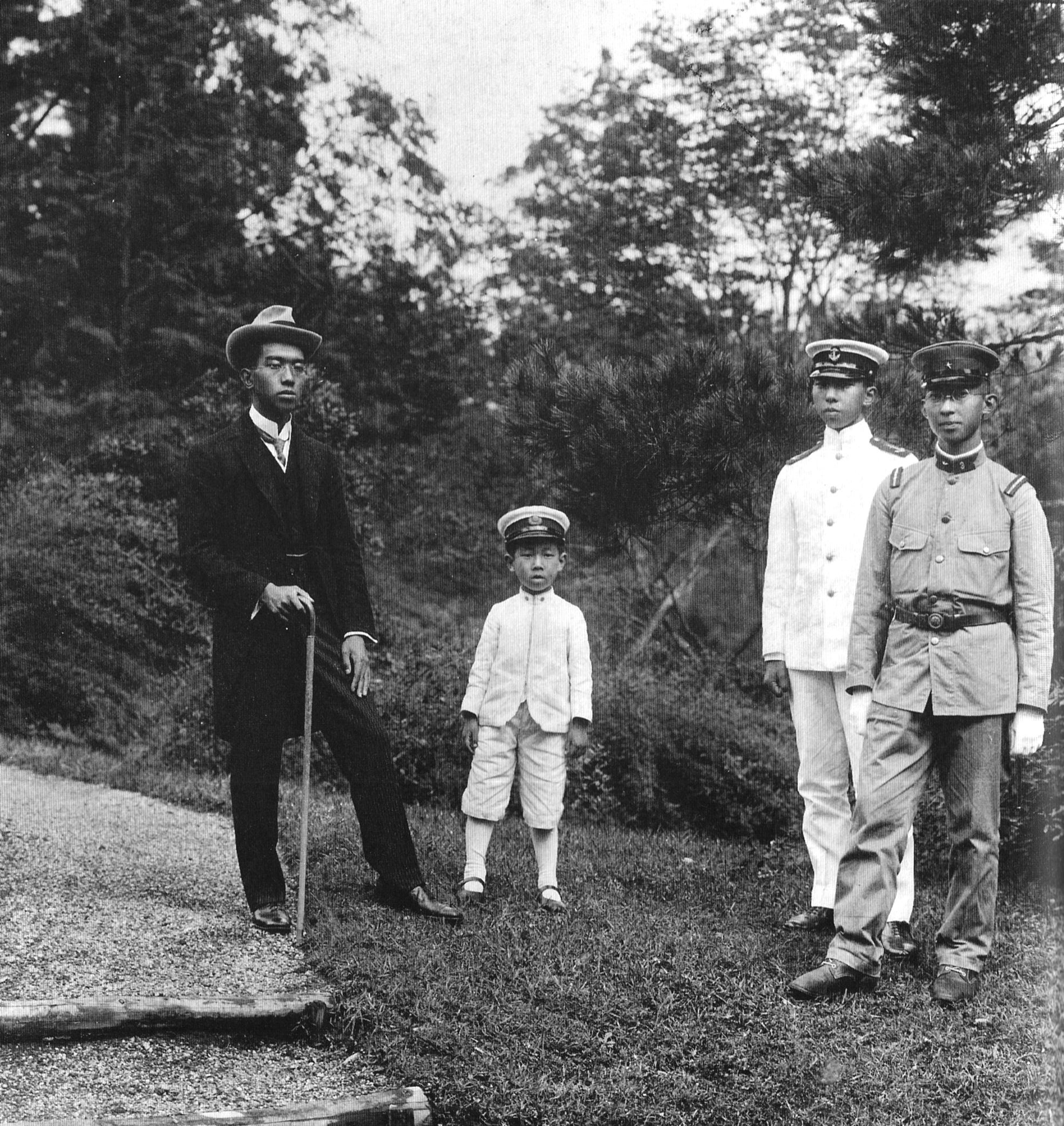|
Tamotsu Nakamura
Tamotsu Nakamura (also known as Tom Nakamura), FRGS, (born 1934) is a Japanese explorer, alpinist, photographer and author. Since 1990, he has explored the mountainous areas between the Himalayas and the Sichuan basin; which he documents in photographs. He is a leading authority on the Alps of Tibet, the south-eastern sector of the Tibetan high plateau. Early life Nakamura was born in Tokyo. After studying business administration at Hitotsubashi University, he worked for Ishikawajima-Harima Heavy Industries Co., Ltd, ultimately as Managing Director of IHI Hong Kong Ltd. Personal life Nakamura is married and has two children. After stays in Pakistan (1967–1971), Mexico (1975–1982), New-Zealand (1984–1989) and Hong Kong (1989–1994), he returned to Tokyo. Alpinist His mountaineering career started in 1953 as a member of the Hitotsubashi University Mountaineering Club, which climbed in Japanese mountain areas. He made the second ascent of Pucajirca Norte (6046 m, Co ... [...More Info...] [...Related Items...] OR: [Wikipedia] [Google] [Baidu] |
Nakamura RGS 2008
Nakamura may refer to: Places * Nakamura, Kōchi, a former city in Kōchi Prefecture, Japan * Nakamura-ku, Nagoya, a ward in Nagoya city in Aichi Prefecture, Japan People * Nakamura (surname), a list of people with the surname Other uses * Nakamura stable, a stable of sumo wrestlers * Nakamura Station, a railway station in Shimanto, Kōchi Prefecture, Japan {{disambiguation, geo ... [...More Info...] [...Related Items...] OR: [Wikipedia] [Google] [Baidu] |
Himalayan Journal
The ''Himalayan Journal'' is the annual magazine of the Himalayan Club in India. History and profile The magazine was established in 1929. The first editor-in-chief was the English geographer Kenneth Mason. He was a surveyor operating from Shimla. Mason later continued editing from England. Subsequent editors were C.W.F. Noyce, H.W. Tobin, and Trevor Braham. In 1960, K. Biswas took over as the first Indian editor. From 1969 to 1979 and from 1987 to 1989 Soli S. Mehta was editor. Since 1990, Harish Kapadia is editor.- Jurgalski, Eberhard (2008)"History of chronicles" ''8000ers.com''. Retrieved 24 March 2015.The Himalayan Journal, Volume 66 Himalayan Club, OUP India. Oxford University Press Oxford University Press (OUP) is the university press of the University of Oxford. It is the largest university press in the world, and its printing history dates back to the 1480s. Having been officially granted the legal right to print books ... (2011). Retrieved 24 March 2015. Editors ... [...More Info...] [...Related Items...] OR: [Wikipedia] [Google] [Baidu] |
1934 Births
Events January–February * January 1 – The International Telecommunication Union, a specialist agency of the League of Nations, is established. * January 15 – The 8.0 Nepal–Bihar earthquake strikes Nepal and Bihar with a maximum Mercalli intensity of XI (''Extreme''), killing an estimated 6,000–10,700 people. * January 26 – A 10-year German–Polish declaration of non-aggression is signed by Nazi Germany and the Second Polish Republic. * January 30 ** In Nazi Germany, the political power of federal states such as Prussia is substantially abolished, by the "Law on the Reconstruction of the Reich" (''Gesetz über den Neuaufbau des Reiches''). ** Franklin D. Roosevelt, President of the United States, signs the Gold Reserve Act: all gold held in the Federal Reserve is to be surrendered to the United States Department of the Treasury; immediately following, the President raises the statutory gold price from US$20.67 per ounce to $35. * February 6 – F ... [...More Info...] [...Related Items...] OR: [Wikipedia] [Google] [Baidu] |
Japanese Explorers
Japanese may refer to: * Something from or related to Japan, an island country in East Asia * Japanese language, spoken mainly in Japan * Japanese people, the ethnic group that identifies with Japan through ancestry or culture ** Japanese diaspora, Japanese emigrants and their descendants around the world * Japanese citizens, nationals of Japan under Japanese nationality law ** Foreign-born Japanese, naturalized citizens of Japan * Japanese writing system, consisting of kanji and kana * Japanese cuisine, the food and food culture of Japan See also * List of Japanese people * * Japonica (other) * Japonicum * Japonicus * Japanese studies Japanese studies (Japanese: ) or Japan studies (sometimes Japanology in Europe), is a sub-field of area studies or East Asian studies involved in social sciences and humanities research on Japan. It incorporates fields such as the study of Japanese ... {{disambiguation Language and nationality disambiguation pages ... [...More Info...] [...Related Items...] OR: [Wikipedia] [Google] [Baidu] |
Explorers Of Tibet
Exploration refers to the historical practice of discovering remote lands. It is studied by geographers and historians. Two major eras of exploration occurred in human history: one of convergence, and one of divergence. The first, covering most of ''Homo sapiens'' history, saw humans moving out of Africa, settling in new lands, and developing distinct cultures in relative isolation. Early explorers settled in Europe and Asia; 14,000 years ago, some crossed the Ice Age land bridge from Siberia to Alaska, and moved southbound to settle in the Americas. For the most part, these cultures were ignorant of each other's existence. The second period of exploration, occurring over the last 10,000 years, saw increased cross-cultural exchange through trade and exploration, and marked a new era of cultural intermingling, and more recently, convergence. Early writings about exploration date back to the 4th millennium B.C. in ancient Egypt. One of the earliest and most impactful thinkers of ... [...More Info...] [...Related Items...] OR: [Wikipedia] [Google] [Baidu] |
Fellow Of The Royal Geographical Society
The asterisk ( ), from Late Latin , from Ancient Greek , ''asteriskos'', "little star", is a typographical symbol. It is so called because it resembles a conventional image of a heraldic star. Computer scientists and mathematicians often vocalize it as star (as, for example, in ''the A* search algorithm'' or ''C*-algebra''). In English, an asterisk is usually five- or six-pointed in sans-serif typefaces, six-pointed in serif typefaces, and six- or eight-pointed when handwritten. Its most common use is to call out a footnote. It is also often used to censor offensive words. In computer science, the asterisk is commonly used as a wildcard character, or to denote pointers, repetition, or multiplication. History The asterisk has already been used as a symbol in ice age cave paintings. There is also a two thousand-year-old character used by Aristarchus of Samothrace called the , , which he used when proofreading Homeric poetry to mark lines that were duplicated. Origen is know ... [...More Info...] [...Related Items...] OR: [Wikipedia] [Google] [Baidu] |
New Zealand Alpine Club
The New Zealand Alpine Club (NZAC) was founded in 1891 and is one of the oldest alpine clubs in the world. The NZAC is the national climbing organisation in New Zealand and is a member of the Union Internationale des Associations d'Alpinisme. It has over 4000 members who are spread across twelve sections, eleven in New Zealand and one in Australia, plus members in other countries. It runs a national office based in Christchurch. History The NZAC was founded on 28 July 1891 at Warner's Commercial Hotel in Christchurch. Leonard Harper (Christchurch) was voted as the inaugural chairman in absentia; he had left for England on 25 July (and while away, it was discovered that he had embezzled money; hence he did not return). Frederick Hutton (Christchurch), Edward Sealy (Timaru), Malcolm Ross (Dunedin), and John Holland Baker (Wellington) were the inaugural vice-presidents. Arthur Paul Harper, Leonard Harper's son, was the inaugural secretary and treasurer. Description The club ... [...More Info...] [...Related Items...] OR: [Wikipedia] [Google] [Baidu] |
Alpine Club (UK)
The Alpine Club was founded in London in 1857 and is the world's first mountaineering club. The primary focus of the club is to support mountaineers who climb in the Alps and the Greater Ranges of the world's mountains. History The Alpine Club was founded on 22 December 1857 by a group of British mountaineers at Ashley's Hotel in London. The original founders were active mountaineers in the Alps and instrumental in the development of alpine mountaineering during the Golden Age of Alpinism (1854–1865). E. S. Kennedy was the first chairman of the Alpine Club but the naturalist, John Ball, was the first president. Kennedy, also the first vice-president, succeeded him as president of the club from 1860 to 1863. In 1863, the club moved its headquarters to the Metropole Hotel. The Alpine Club is specifically known for having developed early mountaineering-specific gear including a new type of rope. The goal was to engineer a strong and light rope that could be carried easily ... [...More Info...] [...Related Items...] OR: [Wikipedia] [Google] [Baidu] |
American Alpine Club
The American Alpine Club (AAC) is a non-profit member organization with more than 24,000 members. Its vision is to create "a united community of competent climbers and healthy climbing landscapes." The Club is housed in the American Mountaineering Center (AMC) in Golden, Colorado. Through its members, the AAC advocates for American climbers domestically and around the world; provides grants and volunteer opportunities to protect and conserve climbing areas; hosts local and national climbing festivals and events; cares for the nation's leading climbing library and mountaineering museum; manages the Hueco Rock Ranch, New River Gorge Campground, and Grand Teton Climbers' Ranch as part of a larger lodging network for climbers; and annually gives about $100,000 toward climbing, conservation, and research grants that fund adventurers who travel the world. It also maintains regional sections—with both regional staff and volunteers—throughout the United States. The AAC publishes two ... [...More Info...] [...Related Items...] OR: [Wikipedia] [Google] [Baidu] |
The Himalayan Club
The Himalayan Club is an organization founded in India in 1928 along the lines of the Alpine Club. The stated mission of the organization was "to encourage and assist Himalayan travel and exploration, and to extend knowledge of the Himalaya and adjoining mountain ranges through science, art, literature and sport." The Club publishes a journal, the Himalayan Journal and has a library. Chewang Motup Goba from Ladakh is the current president of The Himalayan Club. History The idea to start such an organization was proposed in 1866 by Mr. F. Drew and Mr. W. H. Johnson to the Asiatic Society of Bengal. Douglas Freshfield, active member of the Royal Geographic Society wrote in the Alpine Journal in 1884, "The formation at Calcutta or Simla," he said, "of (a) Himalayan Club, prepared to publish Narratives of Science and Adventure' concerning the mountains, would be the most serviceable means to this end." The organization was finally established on 17 February 1928 in the office of Fi ... [...More Info...] [...Related Items...] OR: [Wikipedia] [Google] [Baidu] |
Busk Medal
The Busk Medal is an award given annually by the Royal Geographical Society, for "conservation research or for fieldwork abroad in geography or in a geographical aspect of an allied science". It was first awarded in 1975, and is named in honour of Douglas Laird Busk (1906-1990), a former diplomat, mountaineer, and honorary vice-president of the Society. Winners References External linksRGS spreadsheet of all medal and award winners ''Enter "Busk" in search box to see all Busk Medal winners from 1975 onwards; adjust width of columns to see information about each winner'' {{Royal Geographical Society Awards of Royal Geographical Society Awards established in 1975 ... [...More Info...] [...Related Items...] OR: [Wikipedia] [Google] [Baidu] |
Yasuhito, Prince Chichibu
, was the second son of Emperor Taishō (Yoshihito) and Empress Teimei (Sadako), a younger brother of Emperor Shōwa (Hirohito) and a general in the Imperial Japanese Army. As a member of the Imperial House of Japan, he was the patron of several sporting, medical, and international exchange organizations. Before and after World War II, the English language, English-speaking prince and his wife attempted to foster good relations between Japan and the United Kingdom and enjoyed a good rapport with the British royal family. As with other Japanese imperial princes of his generation, he was an active-duty career officer in the Imperial Japanese Army. Like all members of the imperial family, he was exonerated from criminal prosecutions before the Tokyo tribunal by Douglas MacArthur. Background and family Born at Aoyama Detached Palace in Tokyo, the second son of Crown Prince Yoshihito (later Emperor Taishō) and Crown Princess Sadako (later Empress Teimei), the prince was originally t ... [...More Info...] [...Related Items...] OR: [Wikipedia] [Google] [Baidu] |






